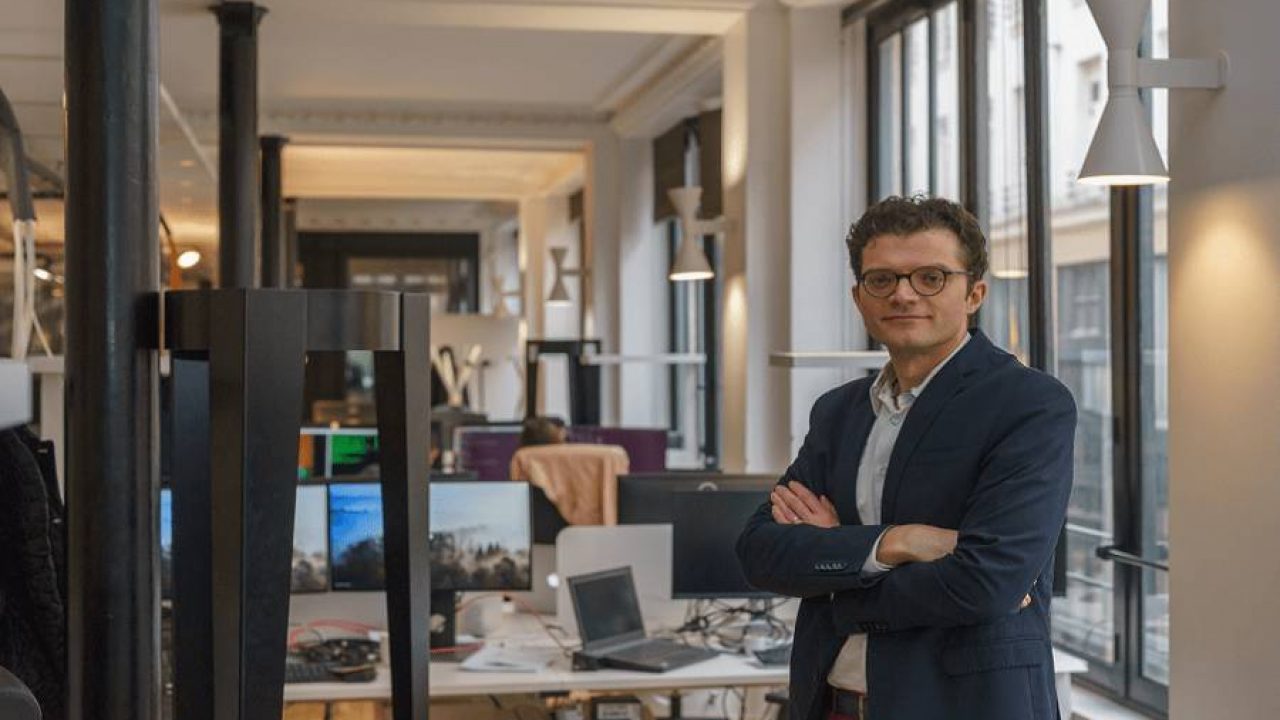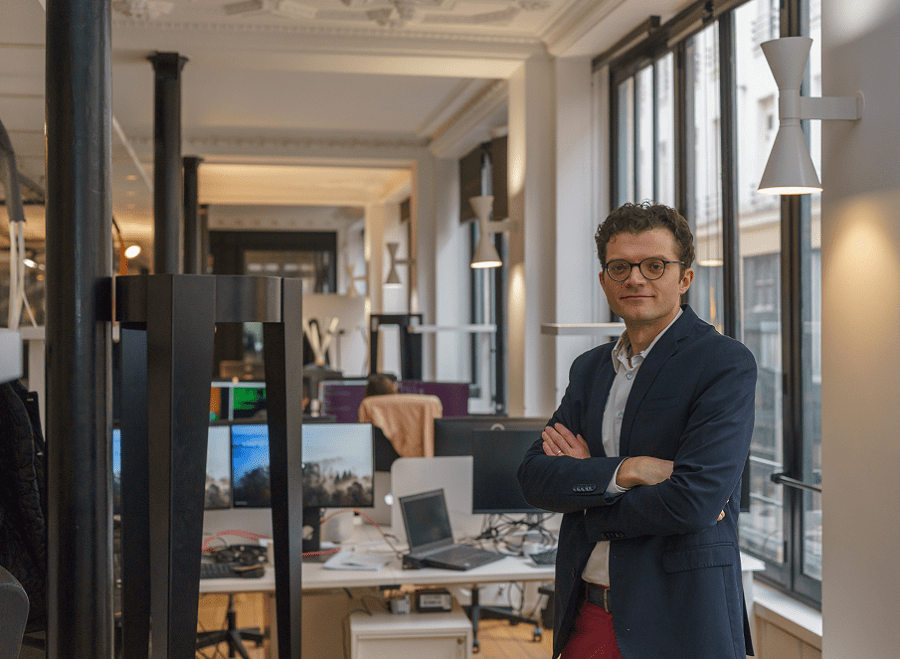Startup Raises $28M to Help Devices Make Wiser Decisions
Article By : Anne-Françoise Pelé

Prophesee has raised $28 million in funding to accelerate deployment of its event-based machine vision sensor.
Neuromorphic event-based vision opens new horizons in imaging technology. It improves devices’ ability to sense their environment and make wiser decisions in real time. This pitch convinced investors as Paris-based startup Prophesee SA announced Monday it has raised another €25 million ($28 million) in funding, bringing its total to date to $68 million.
Led by the European Investment Bank (EIB), this round includes investments from Prophesee’s original investors iBionext, 360 Capital Partners, Robert Bosch Venture Capital and Supernova Invest, as well as undisclosed investors. Back in 2014, the EIB founded the European Fund for Strategic Investments to support Europe’s SMEs and improve their access to finance.
Out of the €25 million Prophesee just raised, it said €20 million comes from this investment plan. “This is a loan at very low interest rates that notably helps semiconductor startups with very long development cycles,” Luca Verre, co-founder and CEO of Prophesee, told EE Times. “The selection process was quite significant, but we decided to answer positively because it is very valuable for us, entrepreneurs. The investment is high, and we will be able to further develop our company, our technology and our products.”

10x smaller
The fundraising follows Prophesee’s launch of the first event-based vision sensor, in an industry-standard package, late September. Featuring 640 x 480-pixel resolution with 15 µm pixels in 3/4” optical format, it was aimed at developers of cameras to enable next-generation vision in industrial automation and IoT systems such as robots, inspection equipment, monitoring and surveillance devices.
With the new chip, Prophesee, however, had not addressed two key markets — automotive and mobile, because the Metavision sensor, available in a 13×15 mm mini-PBGA package, was “too big to be integrated in mainstream automotive applications.”
Recommended
Neuromorphic Looks Set to Improve AI
This territory may soon be filled as Verre indicated that Prophesee is now working on a fourth generation, reducing the size by a factor of ten, improving the resolution and increasing the performances to enable computation and data analysis at the edge and reduce energy consumption. Mass production of this fourth generation is expected at the end of 2020.
Automotive and IoT, Verre noted, are not new markets for Prophesee. “We have strategic partnerships with Renault-Nissan, Huawei and other industry leaders we can’t mention. Over the past two to three years, we have qualified and quantified the needs and improved our technologies to be able to provide the right products for these markets by 2021,” Verre said.
For the automotive market, Prophesee is targeting cameras that understand the outside environment of the car and send alerts or enable the car to stop whenever it encounters an obstacle. For the IoT market, the Paris-based startup is looking at limultaneous localization and mapping (SLAM) applications. “Today, we can provide the real-time positioning of a device with X, Y, Z coordinates at very low power consumption. This applies to AR and VR applications, but also industrial and consumer robotic applications such as drones and vacuum cleaners,” according to Verre.
The fourth generation, Verre said, is the “natural evolution of our technology.” Because manufacturing costs were high, “our event-based vision technology positioned itself for high-value, small volume applications and was initially used to treat people’s blindness” at Pixium Vision, a Paris-based retina prosthetic company. Then, Prophesee worked on security projects with France’s defence procurement agency, the Direction Générale de l’Armement, Safran and Thales and progressively moved up the value chain with larger volume applications in the industrial field. “Our manufacturing capacities now enable us to produce in large volume at lower costs, which opens the door to high volume applications and more mainstream markets,” Verre said.
Prophesee’s event-driven technology is based on 35 years of research in the field of neuromorphic engineering and has filed 51 patents.
3D integration
Earlier this month, Prophesee announced it had joined the Nanoelec Research Technology Institute (IRT) 3D Integration Consortium, headed by CEA-Leti, to broaden the range of applications for 3D hybrid wafer-to-wafer bonding with fine interconnect pitches.
STMicroelectronics, Mentor, EVG, SET and now Prophesee are current members of the Consortium. Among early achievements, they have developed the first 3D stack imager at a 1.44µm pitch using wafer-to-wafer direct hybrid technology. Asked about Prophesee’s expectations and objectives, Verre said the Consortium will help prepare the future of the company’s technology development. “Retina is a 3D system, which can pre-process at the retina-level before sending the information to the brain to make the right decision. Today, our sensor needs to move into the third dimension to embed more functionality.” The Consortium is now working on technologies that, Verre explained, will help Prophesee’s sensor integrate more functionalities, embed more AI, and enable higher performance and energy efficiency. “If we manage to bring these processing capabilities onto the sensor, we will then be able to reduce the data transmission, storage and processing costs. And we will have a more bio-inspired sensor than we have today.”
Company expansion
Prophesee now employs more than one hundred people and plans to hire more salespeople to build and maintain relationships with customers. It has recently signed five partnerships with global distributors and established a presence in the Silicon Valley, in Shanghai, and in Tokyo. “We will develop our R&D efforts in France and more aggressively expand our commercial presence abroad.”
Subscribe to Newsletter
Test Qr code text s ss


